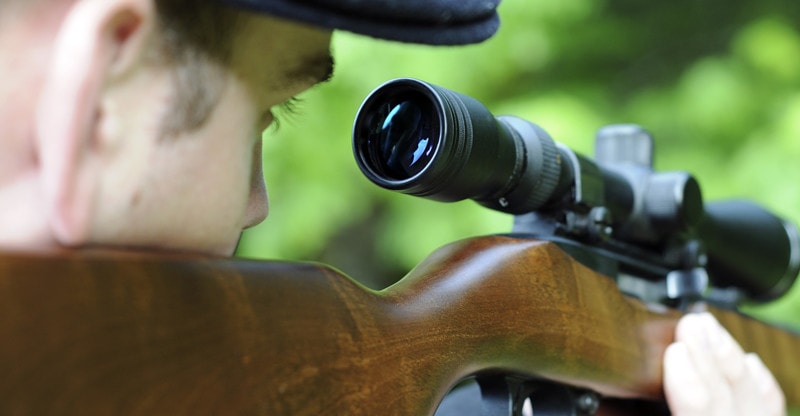Weapon optics have become quite popular in law enforcement. There are many times of weapon optics with various uses. Thus, it is easier for you to find weapon optics that fit your needs.
Regardless of your weapon of choice – whether it be a bullpup rifle (in which case you might want to click here for some valuable bullpup info) or an AR-15 – weapon optics is an extensive topic. To help you understand the topic a little better, below, we have made a list of things you need to know about weapon optics.
Types Of Weapon Optics
There are two major categories in which weapon optics come. These are:
- Telescopic sights: As the name suggests, a telescopic sight magnifies the image in front of you. So, you can take a better aim. If you have played any battleground games, you must have been familiar with scopes. Telescopic sights are the same as those scopes.
- Reflex sights: You must be familiar with red dot sights; they are a type of reflex sights. These sights do not magnify the image; instead, they provide a single point of reference to allow you better aim. Most reflex sights use a mirror and internal light source to give you a point of reference.
Optical Terminologies
As you are buying weapon optics, it is essential that you familiarise yourself with optical terminologies. Some of the most common optical terminologies used for weapons are:
- Field of View: Field of view refers to what you can see on your scope while aiming in feet or meters. The higher you zoom, the less will be your field of view. So, you should determine the field of view you need before buying a weapon sight.
- Eye Relief: It refers to the distance between the eye of the shooter and the eyepiece from where the shooter can see the entire image inside a magnified scope without a dark eclipse. You would need to properly mount your scope to get proper eye relief.
- Exit Pupil: The exit pupil refers to a circle of light that you see when you hold a scope at arm’s length and point it at a wall. The exit pupil determines the clarity of the image you’ll see. The larger the picture is, the more clear.
Matching The Optic To The Objective
As we discussed before, there are specific types of optics for specific missions. Thus, you should only buy weapon optics that suits your objective. There are long ranges of optics as well as short ones. So, you should buy according to that.
Moreover, you should clear out the mission beforehand to see if you need a red dot sight or a scope. In addition to that, you can also visit http://www.agmglobalvision.com/ to browse more of the options to fit your objective and price range.
Before You Buy
There is something you should keep in mind before buying optics. These are:
- Weapon optics are not magic; they won’t fix any of your drawbacks. Yes, optics make it easier for you to aim and shoot. However, if you are unqualified to use them, they won’t suddenly make you better. Thus, it is recommended you get the proper training to use weapon optics. It would help if you also focused on getting better with them rather than leaving them to do the job.
- You should try the product out before buying them. Moreover, make sure your mission fits the optics you are buying, as we mentioned above.
- Another thing you can do is ask around your officers and other people who have been using weapon optics. It’ll give you an idea about how these optics work. Moreover, getting some information beforehand will only be better for you.
Now, you know everything you should know about weapon optics!
If you like the article then Check out Techdee for more!
